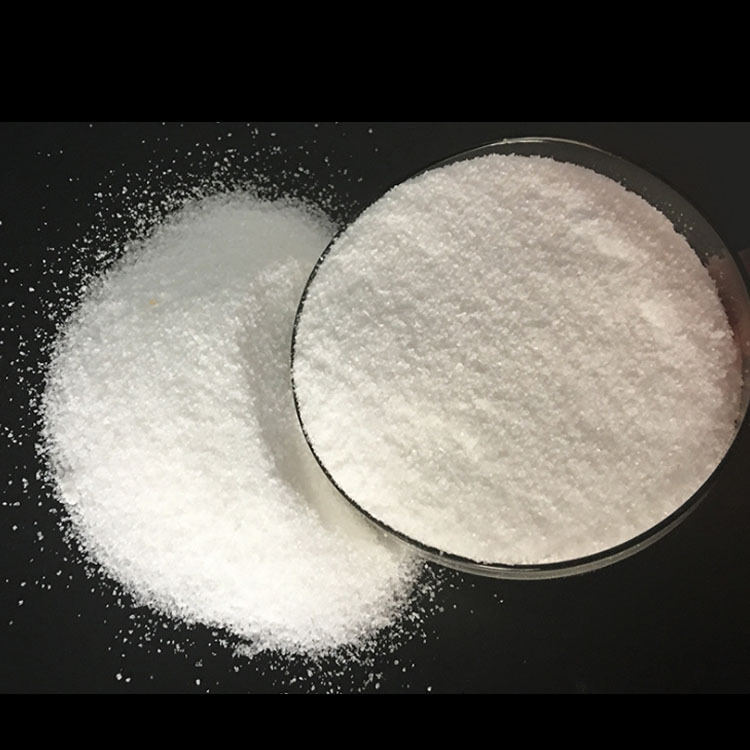[alias]orthoboric acid
[Molecular formula]H3BO3
[Property] Boric acid is essentially a hydrate of boron oxide (H3BO3·3H2O), which is a colorless scale with pearly luster Oblique crystal or white powder, odorless, smooth to the touch. The taste is slightly sour and sweet. The relative density is 1.435 (15°C), the melting point is 170°C, and it decomposes at the same time. It dehydrates sequentially by heating, at 107°C it loses water and becomes metaboric acid, at 140-160°C it generates pyroboric acid, and at 300°C it becomes boric acid anhydride. Boric acid is easy to form or lump when it is damp, and is soluble in water, ethanol, glycerin, ethers and essences. The solubility in water increases with the increase of temperature, and can evaporate with water vapor. 1g of boric acid can dissolve in boiling water 4mL, ethanol 18mL, glycerin Dissolve in 4mL. The acidity of boric acid is very weak, and the 1:50 aqueous solution is tested with the right core test paper, showing a weak acidic reaction. The acidity of boric acid is greatly increased by adding mannitol or glycerin. It has disinfection effect, but it is poisonous to the human body. Oral administration will affect the nerve center, upper respiratory tract and liver.

Use of boric acid
Boronic acid is the basic raw material for the production of borides and borates. It is widely used in the glass industry to produce advanced glass and glass fibers such as optical glass, acid-resistant glass, organic boron glass, etc. It is used in the production of glazes in the ceramic and enamel industries, and used as additives and fluxes in the metallurgical industry. In the pharmaceutical industry, it is used in the production of disinfectants, astringents, antiseptics and boric acid ointments. In the printing and dyeing industry, it is used as a fabric fireproof finishing agent. In the leather industry, it is used for deliming the surface of bare leather. Cosmetics industry is used to produce boric acid medicinal soap and pH regulator. It can also be used as a wood preservative, insecticide, catalyst, antifungal agent, tackifier for starch glue, and buffer solution for electronics, rare metal smelting, photography, artificial gemstones and other industries.
A brief preparation method of boric acid
①There are many industrial production methods of boric acid, including ammonium bicarbonate method, borax sulfuric acid neutralization method, hydrochloric acid method, sodium polyborate method, electrolytic electrodialysis method and well salt Brine hydrochloric acid method, etc. Among them, the borax sulfuric acid neutralization method is relatively simple. Boric acid is produced by heating a solution of sulfuric acid and borax. The response is as follows:
After the reaction solution is cooled, crystallized, separated and dried, the finished product of boric acid is obtained.
② A small amount of pure boric acid used in the laboratory can be obtained by recrystallization of industrial boric acid. That is, 1 part of industrial boric acid and 2 parts of deionized water are mixed and heated to melt the boric acid, filtered while hot, and the filtrate is cooled and crystallized. The finished product can be obtained by drying.
Safety and Protection
Boric acid is packed in plastic woven bags lined with polyethylene plastic film, with a net weight of 50kg per bag. Avoid rain or damp during storage and transportation.
Boric acid is toxic to the human body. Symptoms such as nausea, vomiting, abdominal pain and collapse will occur during poisoning. The lowest lethal dose: 640mg/kg for human oral administration and 8600mg/kg for human skin. Rinse with water when in contact with skin and eyes.

 微信扫一扫打赏
微信扫一扫打赏

